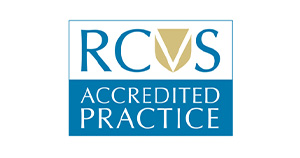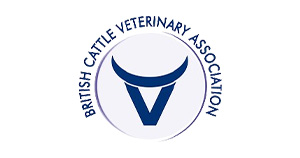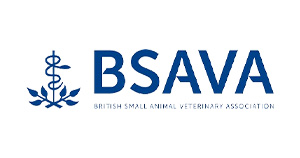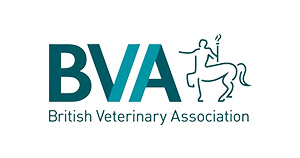Selective Dry Cow Therapy (SDCT) on your farms
Published on: July 11th, 2024
Many of you are already performing Selective Dry Cow Therapy (SDCT) on your farms, and seeing the benefits – reduced antibiotic usage, reduced milk out of the tank, less risk of accidental contamination of the bulk tank with inhibitory substances and less mastitis in low SCC cows when dried off with teat sealant alone. Cows with a low SCC dried off with an antibiotic and a teat sealant are 12 times more likely to get clinical coliform mastitis compared to cows dried off with a teat sealant on its own.
You may also have seen that as of the 17th of May 2024 the Veterinary Medicines Directory (VMD) has banned the use of prophylactic antibiotics. Prophylactic usage means treating all animals with an antibiotic, even if they don’t currently have any evidence of infection. Within the dairy sector, probably the practice we are all most familiar with for prophylactically dosing, is at dry off with intramammary antibiotics.
Livestock producers are under great pressure to reduce the total amount of antibiotics used. UK farmers have done a brilliant job; between 2014 and 2020 there has been a 52% reduction. Making the UK one of the lowest antibiotic users in the EU.
SDCT is one of the tools that we can utilise to help reduce total antibiotic usage on farms.
To get the most out of SDCT, we need to make sure we are selecting the correct cows. Cows that meet the selection criteria would need to include the following: Low individual SCC (less than 200,000), non or only mild teat end damage and ideally producing less than 15L of milk per day.
There have been some negative feelings amongst farmers with regards to SDCT, a survey found that although 82% of farmers believed that reducing antibiotics would be good for their livestock. 55% feared that SDCT would result in death or mastitis.
There is a real risk of killing cows with SDCT, however, this is associated with poor infusion technique or poor environmental management after dry off.
There can be no limit to emphasis the importance of excellent dry off technique, when SDCT is used. After selecting the correct cows. We want to make sure these animals are milked out and without leaving them for too long, then dried off. We recommend drying cows off in the parlor. This is an area that we can keep clean, and the cows are familiar with, so less likely to act up. Teat dip should be applied to all four teats, allowed to act for 30 seconds. Each teat should be wiped clean with a clean piece of paper towel.
Having a routine is important. Deciding if you prepare all teats in a clockwise direction, then infuse the last teat first and repeat in an anti-clockwise direction. Or alternatively prepare the two nearest teats and infuse, then repeat for the furthest teats.
After the teat dip is removed, we need to ensure that especially the teat end is sterilized. We would recommend using cotton wool and surgical spirit. If there is any doubt over the cleanliness, then the process should be repeated.
Careful infusion of the teat sealant, whilst pinching the base of the teat to ensure sealant is not infused into the cistern. Teat sealant in the cistern, not only is it difficult to remove after calving, but it also means that the teat sealant will not prevent bacteria from entering the udder. It’s advised to only remove the short end of the teat sealant nozzle to help minimize any potential damage to the teat cannel.
After the infusion is completed. Post teat dip should be applied, and cows left to stand for 30 minutes before being put back in housing.
In summary, teat sealants are of benefit to all cows at dry off. Many studies have found that the use of teat sealants has reduced the rate of new infections during the dry period, with an average reduction of clinical mastitis of between 25-30%. The majority of cows with a cell count below 200,000/ml are free from subclinical infection, as a result will not benefit from antibiotic treatment, but as discussed can in fact increase the risk of a coliform mastitis in the subsequent lactation. Good selection and excellent dry off technique will results in the best outcome.
If you wanted to review your dry off procedure, bulk tank rolling SCC or perhaps a mastitis review. You could use your animal health and welfare funding to cover this cost. I have completed the AHDB Mastitis Control Plan, a proven structured, evidence-based approach to mastitis prevention and control. I would be excited to discuss with you what’s going on, on your farms.
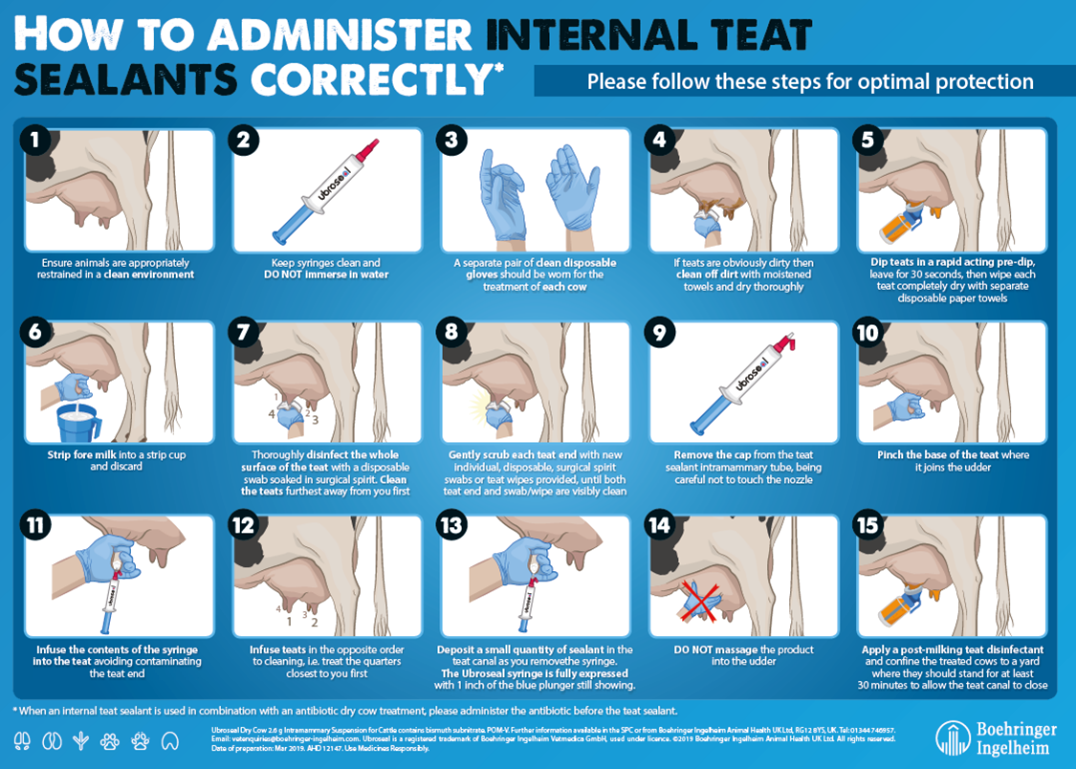

Author
Bibby Thomas
Learn how to implement Selective Dry Cow Therapy (SDCT) effectively to reduce antibiotic use, prevent mastitis, and improve udder health in your dairy herd. Discover best practices for cow selection, dry-off procedures, and teat sealant application.





